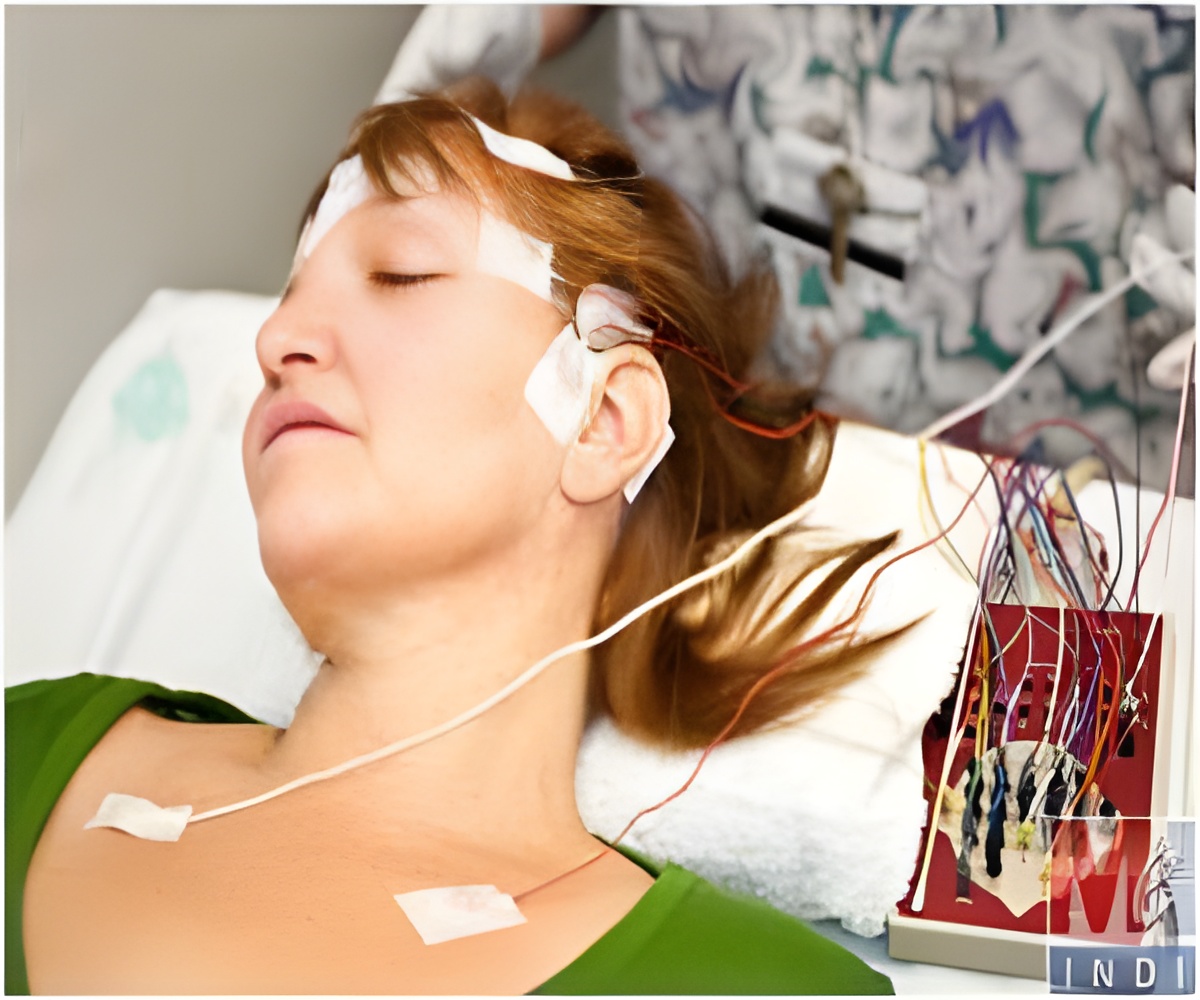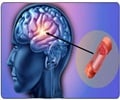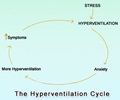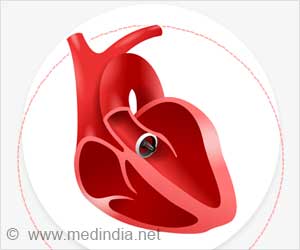Patients who have undergone surgical procedure to improve blood flow in the artery failed to have reduced rate of stroke after 2 years in comparison to patients who received medical therapy alone.

William J. Powers, M.D., of the University of North Carolina School of Medicine, Chapel Hill, and colleagues conducted the Carotid Occlusion Surgery Study (COSS) to determine whether EC-IC bypass surgery, added to best medical therapy, reduces subsequent ipsilateral ischemic stroke at 2 years in patients with recently symptomatic AICAO and hemodynamic cerebral ischemia identified by positron emission tomography (PET). Of 195 patients who were randomized, 97 were randomized to receive surgery and 98 to no surgery. Antithrombotic therapy and risk factor intervention were recommended for all participants. The randomized trial was conducted from 2002 to 2010 at 49 clinical centers and 18 PET centers in the United States and Canada.
The primary measured outcome for all participants randomized to the surgical group who received surgery was the combination of (1) all stroke and death from surgery through 30 days after surgery and (2) ipsilateral ischemic stroke within 2 years of randomization. For the nonsurgical group and for those randomized to the surgical group who did not receive surgery, the primary measured outcome was the combination of (1) all stroke and death from randomization to randomization plus 30 days and (2) ipsilateral ischemic stroke within 2 years of randomization.
Median (midpoint) follow-up for the surgical group was 723 days; for the nonsurgical group, it was 722 days. The trial was terminated early due to futility. The researchers found that the two-year rates for the primary end point were 21.0 percent (20 events) for the surgical group and 22.7 percent (20 events) for the nonsurgical group, a difference of 1.7 percent. At 30 days, the rates of ipsilateral ischemic stroke were 14.4 percent (14/97) in the surgical group and 2.0 percent (2/98) in the nonsurgical group, a difference of 12.4 percent.
"The lower stroke risk observed in the COSS for the nonsurgical group is similar to the better outcomes observed in more recent studies of patients with medically treated asymptomatic carotid artery stenosis, ascribed to improvements in medical therapy. These observations reaffirm the hazard of using even the most carefully studied historical controls to infer therapeutic efficacy and the necessity of performing randomized controlled trials to establish clinical benefit. Although improved hemodynamics in participants who survived EC-IC bypass surgery without perioperative stroke was associated with low risk of recurrent stroke, the better-than-expected efficacy of medical therapy in the nonsurgical group was sufficient to nullify any overall benefit of surgery," the authors write.
Editor's Note: Please see the article for additional information, including other authors, author contributions and affiliations, financial disclosures, funding and support, etc.
Advertisement
In an accompanying editorial, Joseph P. Broderick, M.D., of the University of Cincinnati College of Medicine, and Philip M. Meyers, M.D., of Columbia University, New York, write regarding the reimbursement for procedures and devices in clinical practice without evidence of clinical effectiveness.
Advertisement
Source-Eurekalert















